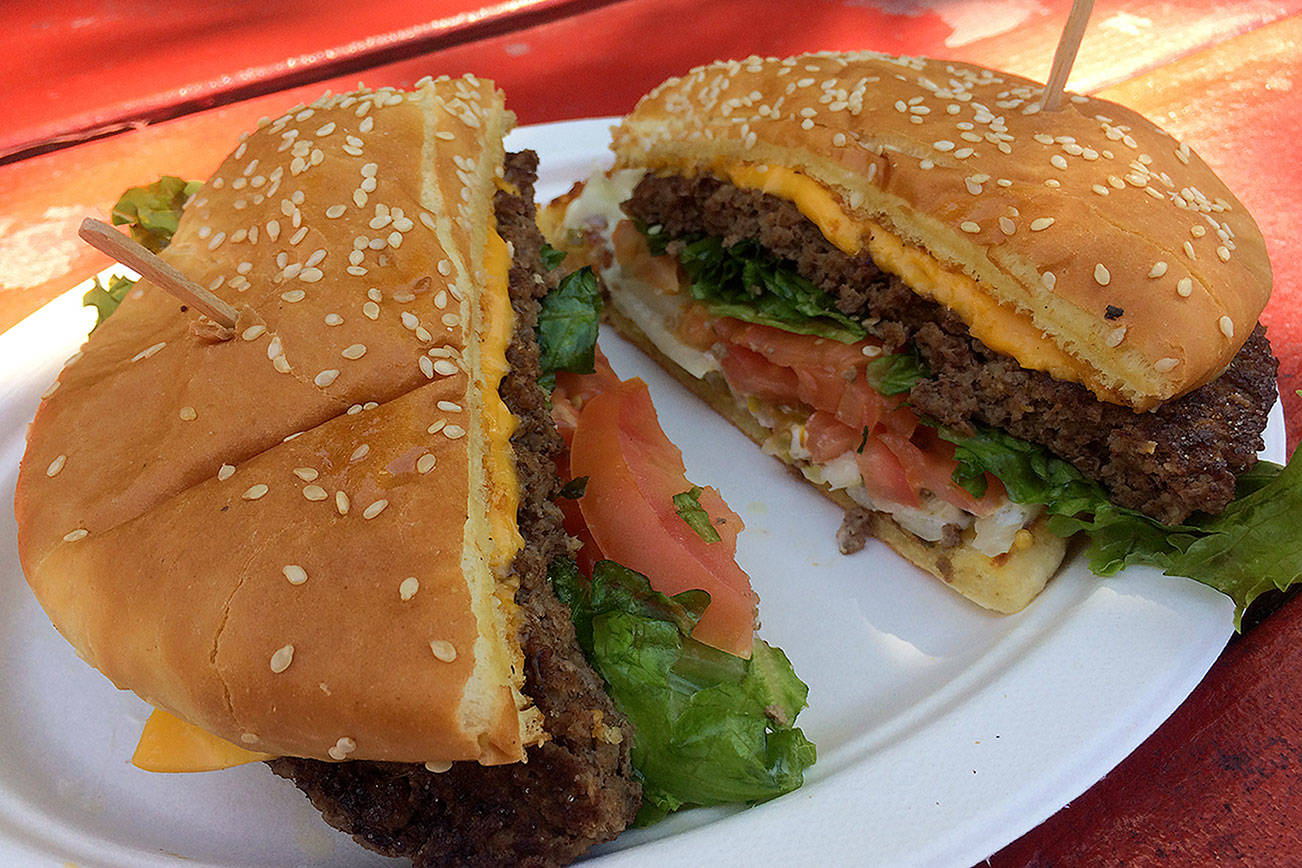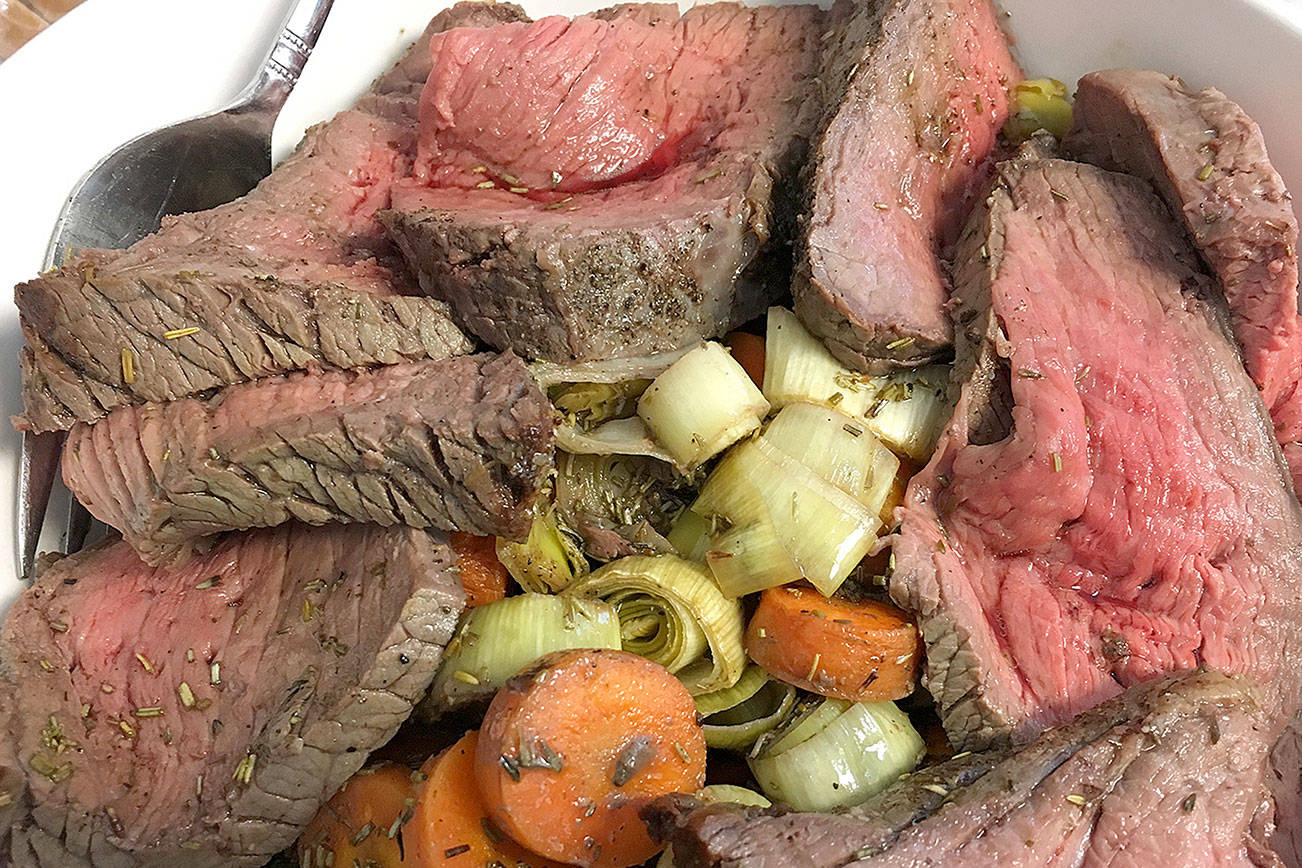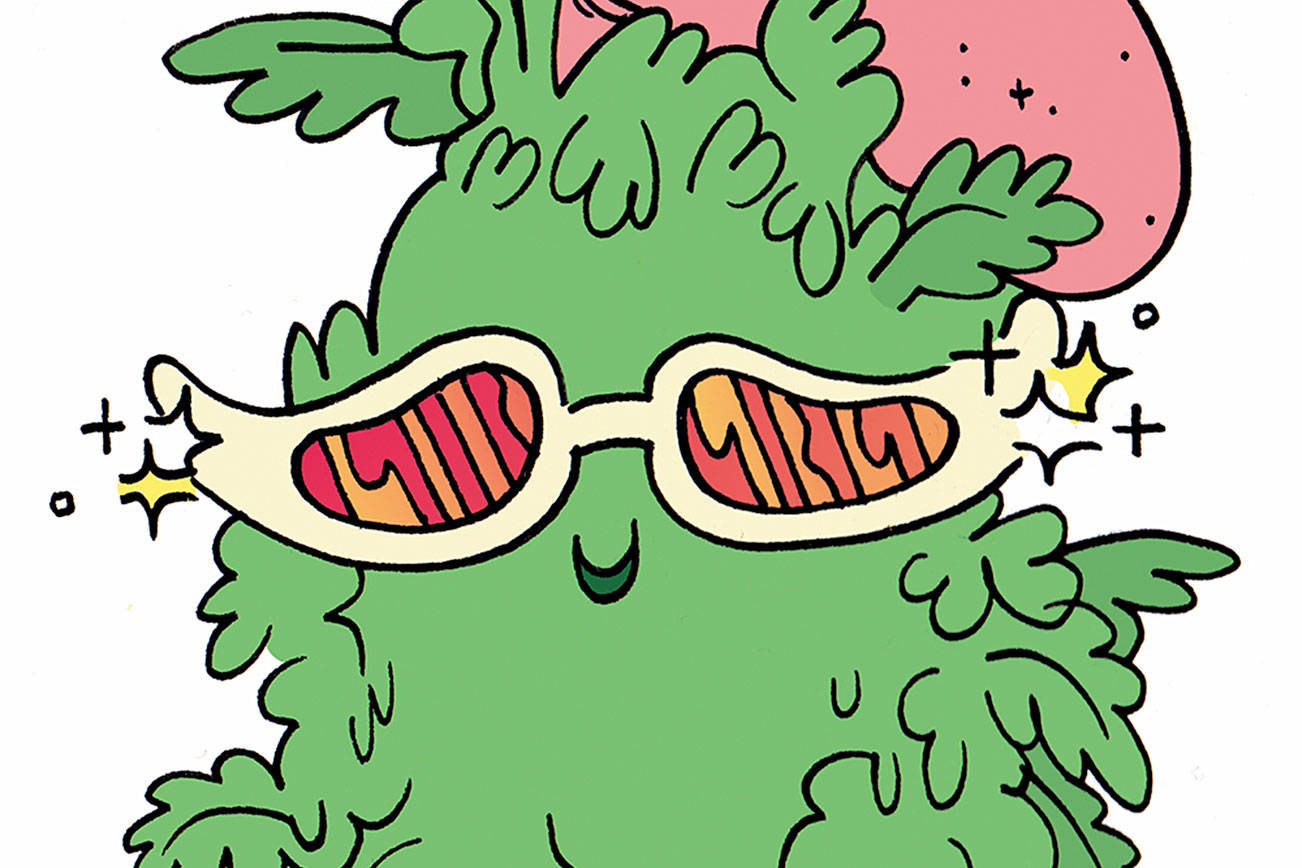Ah, mead. This time of year brings the nerds to the booze shops in search of the honey brew of ancient lore. Mead and other honey beverages accessorize the feasts in many fantasy books, and many an author’s enticing description lends a romantic aura to the beverage we nerds cannot resist. I went through my mead phase in part because it was the Sandman’s beverage of choice (cultural-reference translation: Neil Gaiman comic-book hero), and I still enjoy mead because it fits in with my “What Would a Hobbit Drink?” predilection.
There are no mead “regions” of the world; where there are bees there is honey, and mead requires only honey, water, and yeast for the making. The flavor of the brew depends on the honey used and the herbs or spices that brewers may add to the mixture, not that this silky, amber-colored ambrosia needs any makeup. Have you ever stopped to smell the honey? Snoqualmie Valley Honey in the Pike Place Market, for example, sells as many as a dozen honeys from different floral and herbal nectars. Blackberry honey smells so much different from thistle honey, which smells nowhere near a clover honey. The quality and origin of the honey used will affect the resulting taste and complexity—and determine how the mead appeals to you.
Lurgashall‘s “Tower of London” is my current mead crush. In the glass, this English mead reeks of raw honeycomb, with the faintest high-toned bite of hard liquor; it’s fortified with scotch to 20 percent alcohol. Poured by the snifter at Beveridge Place in West Seattle, the Tower of London has one of the more complex aromas I’ve experienced from mead. I can almost hear the bees buzzing around the heather fields of Sussex.
You can also find brews from Colorado’s Redstone Meadery in groceries with better beer selections. Its traditional mead is a wonderful benchmark for the drink, offering a clean, pure honey aroma and a lightly sweet flavor that finishes like a rich but dry white wine. Sky River Mead, from our own sleepy hamlet of Sultan, makes an amazing dry style. It smells like a thousand wildflowers, though I steal that description from the French, who call the blended nectar Sky River uses mille fleurs. The meadery also makes a sweet style of mead that pairs smartly with cheese, especially after a big dinner when you don’t want anything too cloying. If you really want a treat, take a weekday drive out to Sultan and try before you buy.
If you haven’t had mead before, start with something not so dry. Dry mead can be an acquired taste, and I wouldn’t say that about many alcoholic beverages. Your monkey brain will have trouble reconciling what it smells (sweet, unctuous honey) with what it tastes (bone dry). And whatever you do, stay away from meads named after 14th-century bards; even nerds scoff at such a mead pretender.
Beer books and periodicals highlight mead every once in a while, but wine magazines barely stoop to cover the stuff. I’m sure one day soon an insatiable trend-spotter will claim discovery, ignoring those of us who have kept the meaderies in business over the years. Membership in the Society for Creative Anachronism is not compulsory to drink it, but mead will always be nerdcore.




